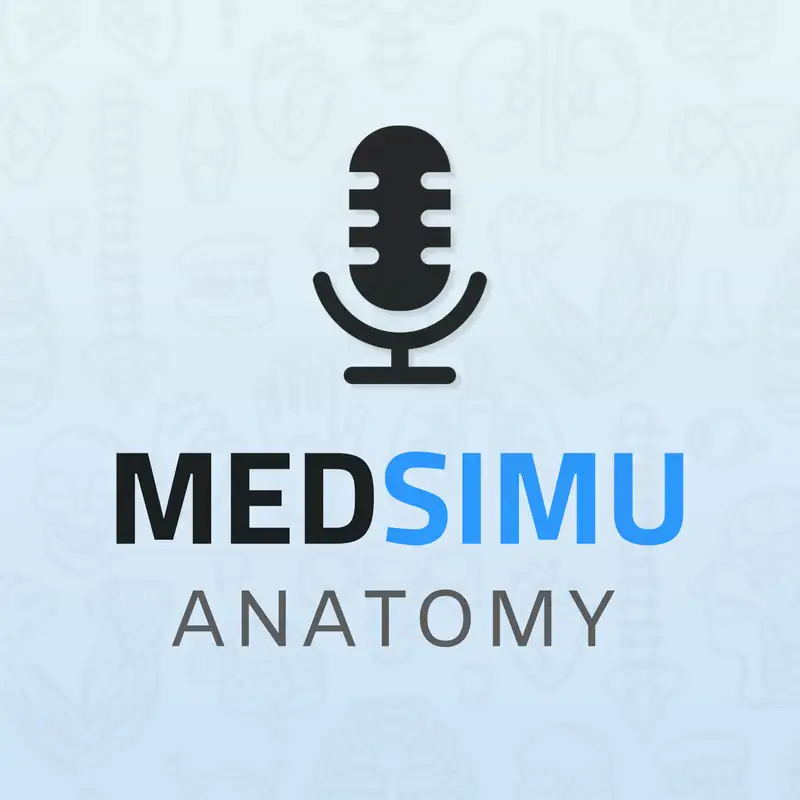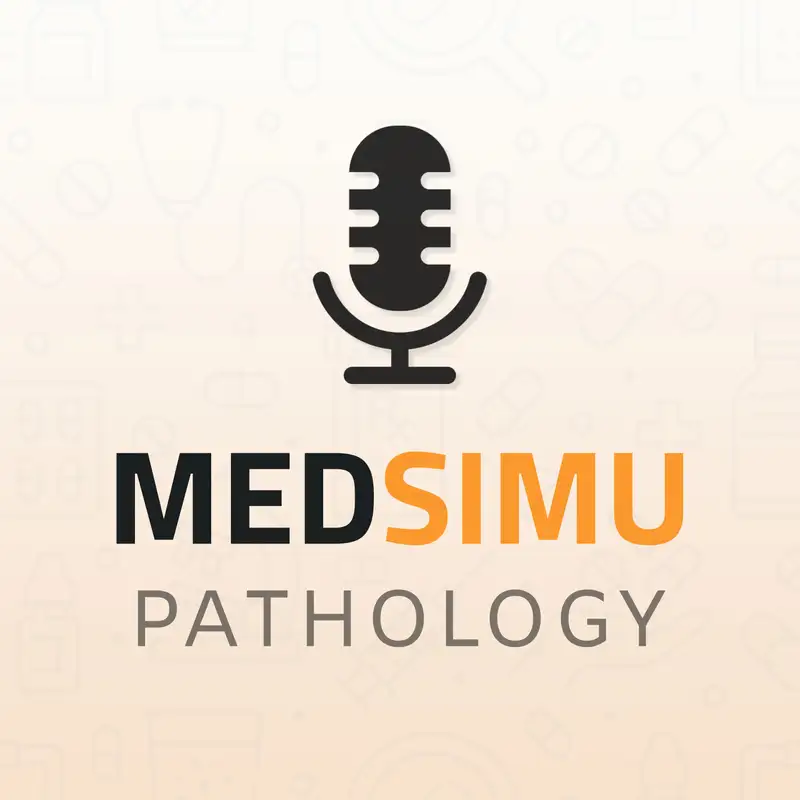Welcome to an episode dedicated to building your vocabulary in the language of anatomy! To accurately describe the human body and its movements, a precise set of terms is essential. This episode dives into these fundamental anatomical terms, drawing on information that categorizes them for clarity.We will begin with descriptive terms used to explain the relationship between body parts and structures. These include directional terms like anterior (towards the front) and posterior (towards the back), superior (towards the head) and inferior (towards the feet), and medial (towards the median plane) and lateral (away from the median plane). We will also cover terms describing depth, such as superficial and deep, relative to the body's surface.Next, we explore special terms used for limbs. Key concepts here are proximal (near the trunk) and distal (away from the trunk), which are used to describe positions along a limb. We will also touch on terms related to specific limb surfaces, such as the flexor surface and extensor surface, and terms for the hand and foot, like palmar or volar surface (towards the palm) and plantar surface (towards the sole).A significant part of this episode focuses on terms used to describe joint movements. These movements occur at various joints and are described in relation to an axis and a plane. We will define flexion, a movement that approximates the flexor surfaces of adjoining parts and reduces the joint angle, and extension, which approximates extensor surfaces and increases the joint angle. Other crucial movement terms covered include abduction, the movement of a limb away from the midline, and adduction, movement towards the midline. We will also explain rotation, movement around a long or vertical axis, circumduction, a circular, cone-like movement combining multiple angular movements, supination(rotation of the forearm/hand so the palm faces anteriorly), and pronation (rotation so the palm faces posteriorly). Terms describing foot movements like inversion (sole faces inwards) and eversion (sole faces outwards), and other movements like protraction, retraction, elevation, and depression will also be discussed.Finally, we will briefly introduce some terms used to describe bony features. These terms describe both depressions and openings, such as a foramen (a hole), fossa (a hollow depression), or meatus (a canal-like opening), as well as projections or processes, including a condyle (rounded projection), head (rounded articular projection beyond a neck), spine (long thin projection), and tuberosity (large rounded projection).Tune in to this episode to enhance your understanding of anatomical terminology, providing you with the fundamental language needed to describe the body with precision!







